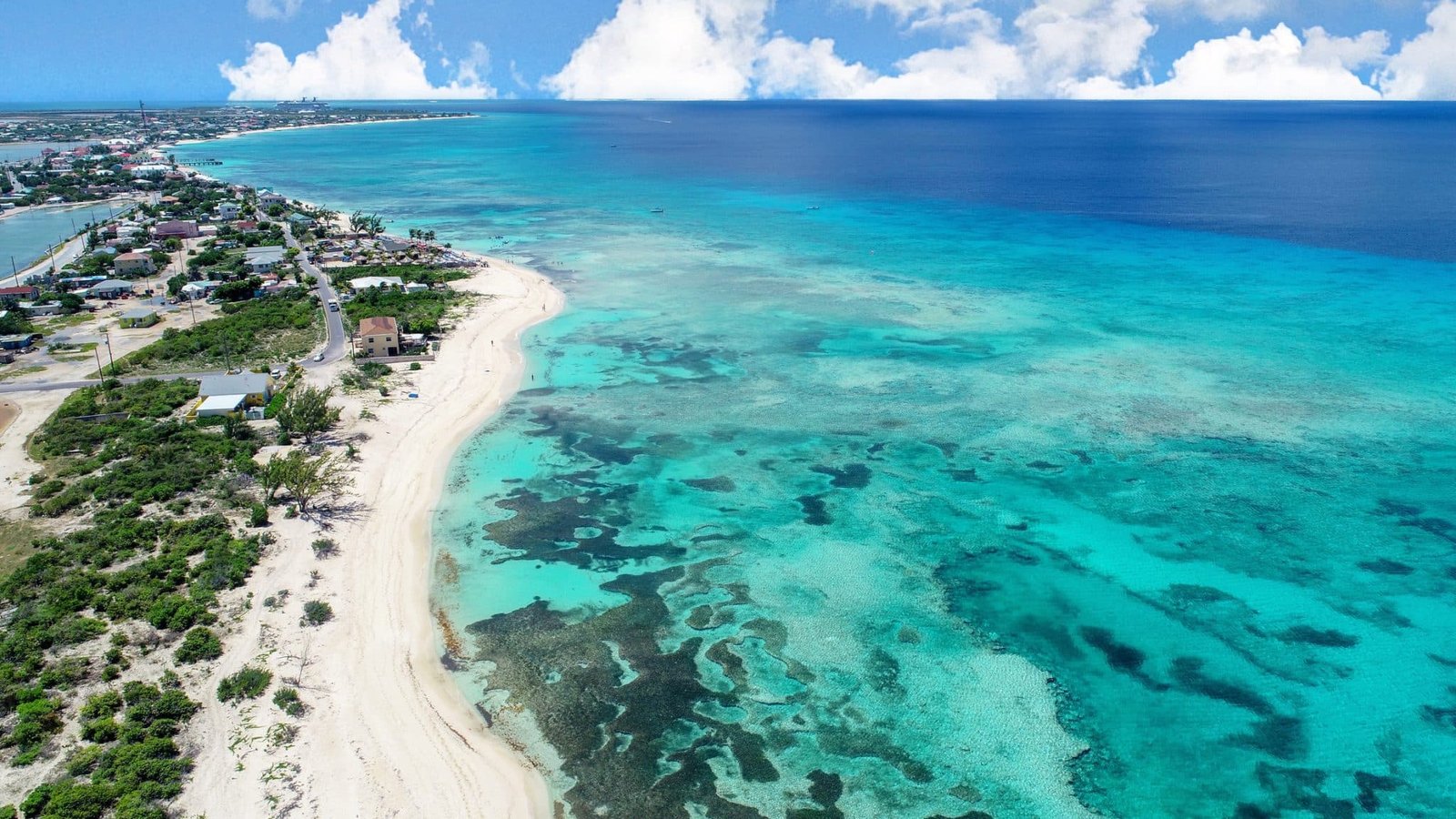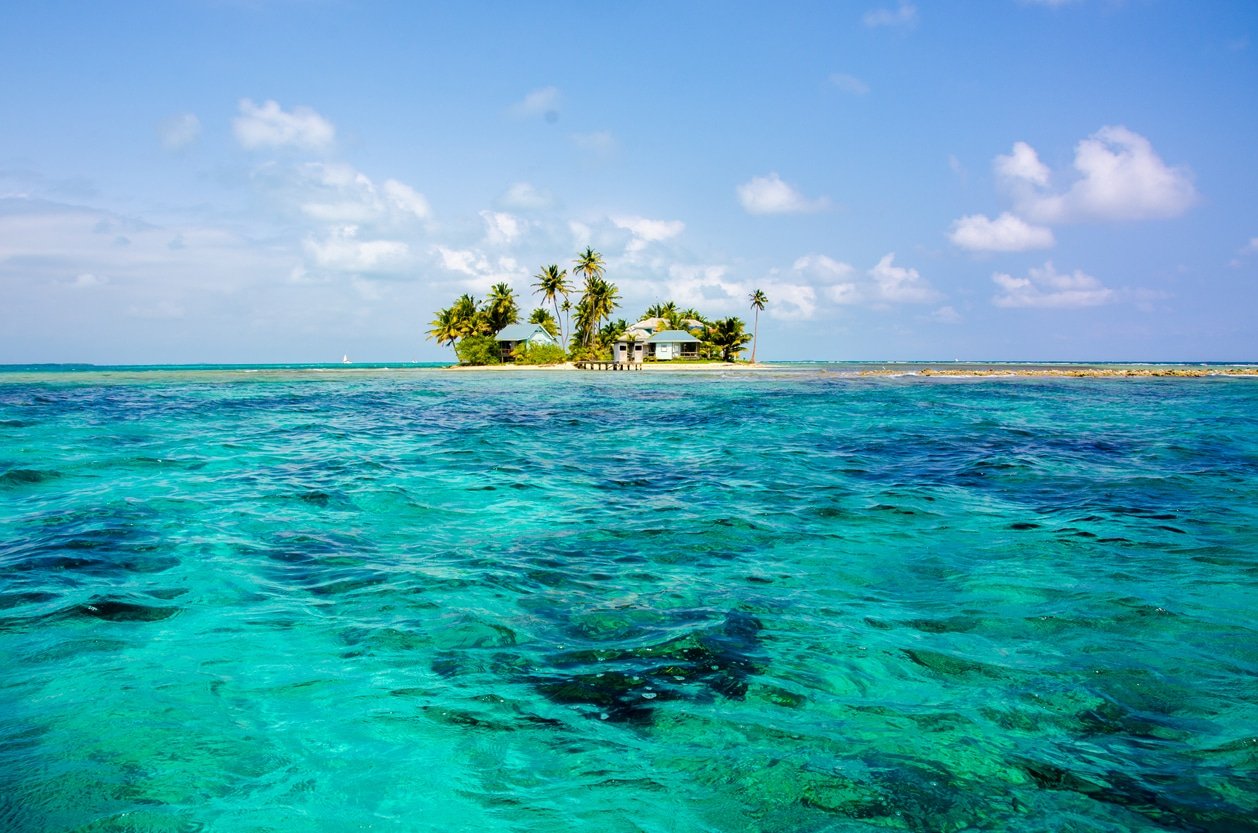Belize Bugs Which Bite & Sting: 20 Insects You Need To Know Before Your Vacation
|
Prefer listening over reading? We got you covered!
Getting your Trinity Audio player ready...
|
Ah, good ol’ Belize… the home of the Great Blue Hole, the Capital of the Ancient Maya Empire, and the country with the only jaguar preserve on the planet. It’s also the home of hundreds of different species of animals, and of course, many Belize bugs and insects!
Geographically speaking, Belize is a country in Central America that borders the Caribbean Sea on the east, Guatemala on the southwest, and Mexico on the north.
This astonishing country is renowned for its extraordinary biodiversity and unique habitats. There’s mangrove-marshy coastal plain on the coast, low mountains and hills in the interior and south, jungles up and down the country, and of course those stunning beaches that attract tourists from around the world.
Considering that biodiversity, it won’t come as a big surprise to learn that tropical Belize has a few bugs here and there. Or should we say a few thousand, to be more precise.
And yes, many of those bugs in Belize do sting, bite and even suck some blood.
While we don’t think the bugs in Belize should put you off visiting this stunning country, we do think it’s worth knowing about some of Belize’s nastier residents. Especially as a few have quite a bad bite!

20 Nasty Bugs In Belize That Bite, Sting & Everything In Between
1. Mosquitos
The only regions on the globe that are said to be “largely free” from these annoying, blood-sucking pests are Greenland, Iceland, and Antarctica. Therefore, we presume you are already familiar with how to handle them.
Mosquitos thrive in warm climates. To reproduce, they also require fresh or brackish water. So, in the summer and fall, when it rains primarily at night, Belize does experience mosquito problems. And as we already know, these biting insects can be rather bothersome.
In some regions of Belize, such as parts of Cayo, they are not so prominent. However in other regions, particularly in densely forested areas, they are living their Vida Loca and you’ll find many!
Mosquitos in Belize are constantly buzzing around during the night and day. So when vacationing in Belize, make sure you put on some protective lotion or spray.

2. Black Widow
The most harmful spider native to North America is the black widow. Therefore, it is somewhat fortunate that these spiders are not always so generous with their venom. They don’t go round biting just anyone who comes their way! No, no, no. And when they do bite they will typically just administer a tiny portion of their venom at a time.
That’s lucky it’s just a tiny amount, because this spider is one of the most deadly in the world.
If you do get bitten, don’t panic. We know that’s easier said than done, but here’s a stat to cheer you up. Only 1% of the black widow’s ‘victims’ die. So the odds are with you. However if you are bitten you must seek immediate medical attention.
How do you distinguish a black widow from other spiders?
Easy. The little red oval pattern on these tiny spiders’ abdomens makes them easy to identify.
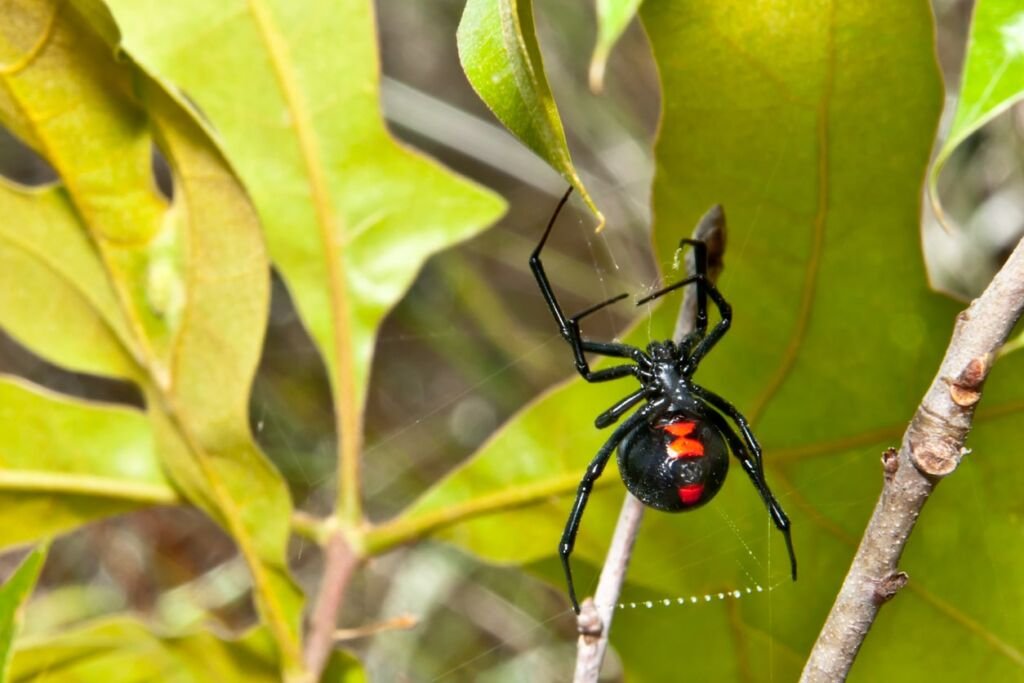
3. Botfly
This bug, also known as a torsalo or a screw-worm, resembles a typical dull house fly. Yes, the same one that usually finds its way into your bedroom when you nap.
The mature bot fly has a yellow face, a metallic blue stomach, orange legs, and hairs on each body segment, giving it a bumblebee resemblance. It’s a biter though, and penetrates your skin with a tiny breathing tube that lays larvae and stays there until you kill it, or it matures and moves out.
How do you treat a botfly bite?
Easy, you simply remove it.
The bite first resembles a mosquito bite. However, you must have the bite examined if the site becomes red and sore rather than healing.
To avoid additional bacterial infection after the larva has been removed, it is crucial to apply an antibiotic ointment that a specialist can prescribe. As always, we recommend seeing a doctor if you’re worried about any bug bite.

4. Fire Ants
The fire ant is one of the most prevalent species in Belize and worldwide. It’s also regarded as one of the nastiest pests of them all. These ants scour the forest floors in quest of food, and can be found throughout most of Belize’s jungles.
Contrary to popular belief, fire ants do not simply “bite.” They anchor themselves with their jaws before injecting venom with a bite at the end of their stomach, like a bee or wasp. They can constantly sting for an extended period of time by attaching to the victim’s flesh with their powerful mandibles.
If you’re in a forest, wear closed-toed shoes. Please take this recommendation seriously. These nasty pests frequently reside close to tree roots or foundations in sandy environments where they also dwell.
What should you apply to fire ant bites?
To reduce itchiness, swelling, and hives, use an oral antihistamine. Apply a cold compress or a simple ice pack to the affected region if it starts to swell. You can also put some soothing ointment on, such as hydrocortisone cream. To make the most use out of this cream put a sterile bandage over the affected place.

5. Doctor Flies
The moniker “Doctor Flies” makes perfect sense. These nasty yellow pests, aka the Yellow Fly, are famous for drawing blood like doctors.
They can chase you aggressively, but you should be able to recognise these yellow-bellied flies as they have a more pointed abdomen and are a bit larger than the typical housefly.
To speed up the healing process from a bite, and to lessen itching, you can directly apply hydrocortisone or soothing ointment to the bites. Aloe vera and oatmeal baths can both relieve itching too.
6. Scorpions
In Belize, scorpions are frequently encountered, especially in shady areas, jungles, in stacks of wood, and even on beaches!
Black and large, Belizean scorpions have a horrible appearance, yet their sting is no more dangerous than a bee sting, and according to some it feels like a cigarette burn.
That said, it can cause your mouth and tongue to feel a little numb and it can be very dangerous or even fatal for people sensitive to anaphylactic shock. With that the case, if you get stung by a scorpion we always recommend seeking out medical attention.
When in a rainforest you should always give your clothing a thorough visual inspection and a thorough shake before putting them on. That’s because scorpions have a habit of crawling inside clothes that have been left on the ground.

7. Euchroma Gigantea
This giant beetle can be found throughout forested areas of Belize. However this species does appear to be mainly limited to hanging around plants of the Bombacaceae family – which includes plants like the Provision Tree and Kapok.
However any huge cylindrical item, including concrete pillars, may attract flying beetles. But they will swiftly leave once they locate an appropriate tree species.
Though their sting is fairly painful and feels like your skin is on fire, in most cases this type of sting usually requires no special treatment. You can just apply a cold compress to it.
8. Centipedes
Centipedes can bite into flesh by using a set of hollow legs modified with claws.
When the centipede creeps across your skin, its poisonous pincer-style claws under either body segment can cause minor puncture wounds and blisters. Victims receive an injection of venom from a centipede after it bites them.
What to do if a centipede bites you?
The venom is diluted by applying hot compresses or submerging the site in hot water. Swelling can be reduced by applying ice packs. If you think you’re having an allergic response then seek medical care.

9. Chiggers
Chiggers, commonly known as red bugs or harvest mites, are extremely small and are invisible to the naked eye.
Usually, they crawl on you till they discover a small layer of skin that they can bite to eat. They enjoy biting armpits, waists, and the area around your sock ankles.
Although we say bite, chiggers don’t technically bite. Rather they cling to our skin and inject digestion enzymes. Approximately 24 hours later, the itching and redness begins to appear.
Chigger bites can be treated effectively by applying an anti-itch cream like a soothing lotion or antihistamine to lessen itching.

10. Gnats
Gnats are one of the most common Belize bugs and are known to travel great distances to feed on the blood of humans.
The most prevalent species of biting gnats is the buffalo gnat. Gnats don’t penetrate the skin like a mosquito, rather they cut the skin and avoid a blood clot so they can feed. They feature four cutters within their mouths that also inject an anti-clotting substance. Gnats then have unrestricted access to blood, and their bites tend to be more painful than mosquito ones.
Although gnat bites can be inconvenient, your symptoms should subside in a few days. To relieve any itching, use a cold compress or corticosteroid cream. Antihistamines may be another option for calming discomfort.
11. Horse Fly
In Belize, horse fly bites are pretty typical. The three most prevalent species are black, green-headed, and striped horseflies.
You’ll find these Belize bugs in marshy or damp places close to bodies of water, as that’s where horseflies can spawn and live. They love warm, sunny weather which is why they thrive in Belize. Horsefly bites can hurt and become infected.
To keep the wound clean and lessen irritation and itching, clean the bite and apply some antiseptic ointment or spray.

12. Asp
Asps are generally stinging caterpillars that are members of the flannel moth insect family. The term “flannel moth” refers to how the adult’s wings resemble flannel.
The caterpillars in their immature stages have venomous spines and delicate hairs covering them and these spines can cause a severe rash or sting when they come into contact with skin.
If an asp stings you, put a cold compress or something cold on the sting to prevent swelling. Antihistamines taken orally can also be used to treat itching and burning symptoms. But make sure to get medical advice first.
13. Tick
These tiny spider-like arachnids bite and attach to your skin and then suck on the blood. Unfortunately these Belize bugs can cause diseases.
Given the potential consequences, tick bites must be treated. It would help if you got rid of a tick immediately as by removing the head and body, you can protect yourself from diseases that a tick might transmit to you. However it’s still possible to get an infection and complications even after removing the tick. One of the more severe ones is Lyme disease.
What is the ideal approach to treating a tick bite?
Once per hour, apply a cold compress to the bite. Try an over-the-counter medication to reduce discomfort, redness, swelling, and itching. But use medications with caution, and get a doctor’s advice.
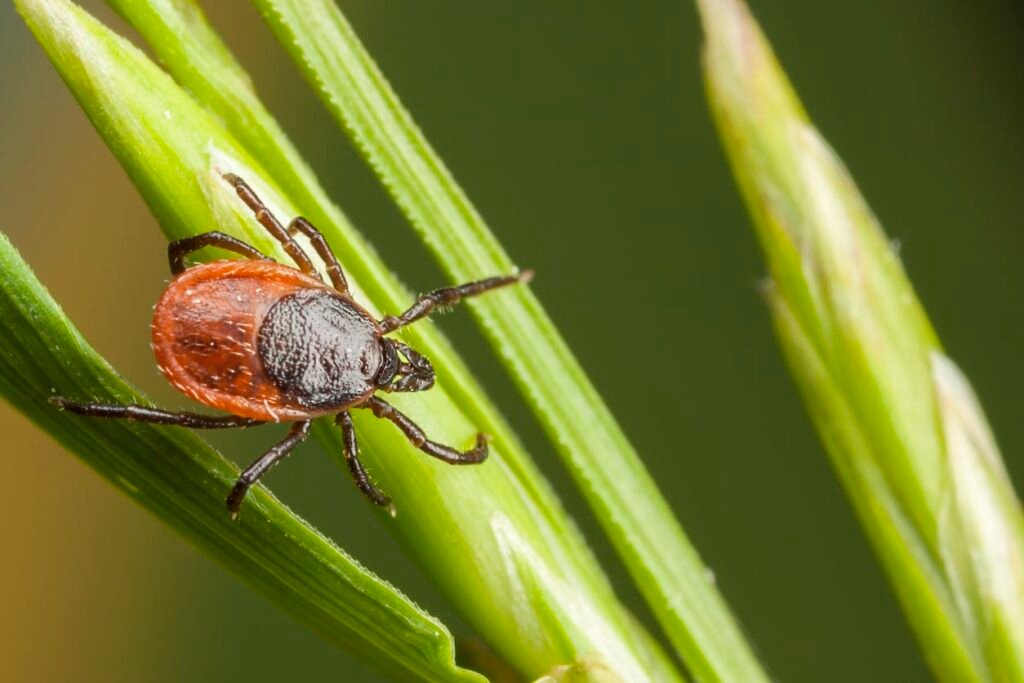
14. Midge
The name “midge” refers to a species of tiny biting fly that is highly aggressive and bothersome. Other names include punkies, pinyon gnats, no-see-ums, moose flies, black flies, and gnats.
Biting midges are flies with over 4,000 species spread throughout 78 genera in the world. Biting midges with only four genera contain species that suck the mammals’ blood.
Don’t get alarmed if you get bitten by a midge in Belize. Just apply some ice to the area and use some antiseptic cream. The bites can be very itchy though.

15. Kissing Bug
Kissing bugs are nocturnal, blood-sucking insects that tend to live in dark spots such as Belizean caves. Because they frequently bite people in their sleep, usually around the mouth, they have earned their strange name.
Unfortunately kissing bugs spread Trypanosoma cruzi, the parasite that transmits Chagas disease. So You don’t want to come across one of these Belize bugs on holiday!
Most people won’t require treatment because kissing bug bites don’t hurt. But an anti-itch cream, like calamine lotion, can assist if you have a moderate skin reaction.
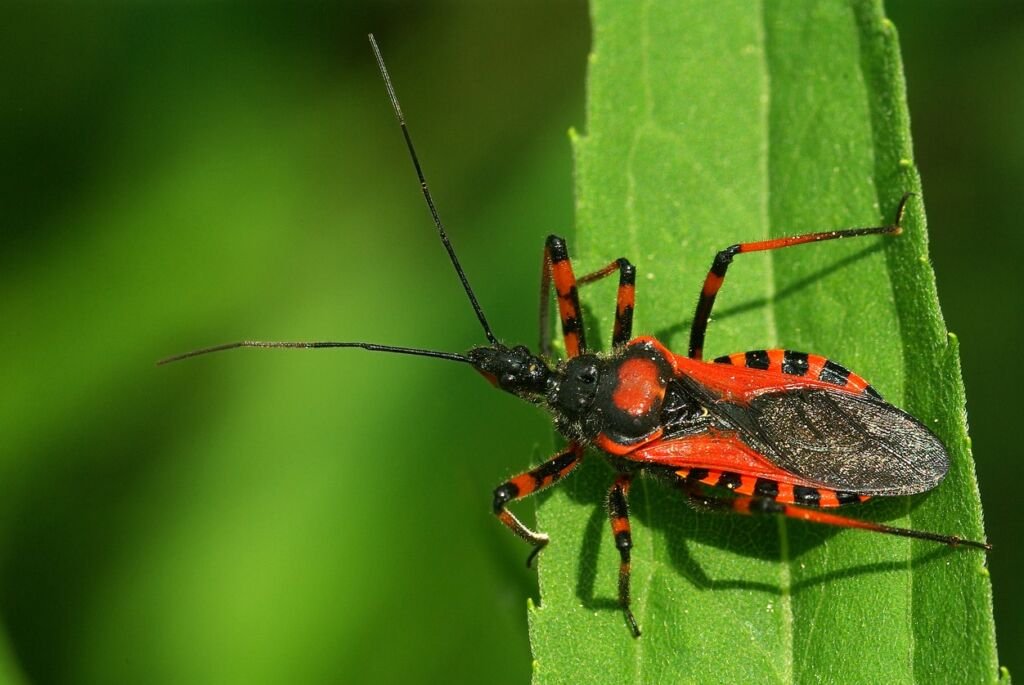
16. Sea Anemones & Urchins
Belize’s waters are home to anemones and sea urchins, some of which can be very harmful if they are touched or walked on.
The black sea urchin with its long spines can cause excruciating pain and an unpleasant infection with its poison. Don’t assume that wearing a wetsuit, gloves, and shoes will keep you safe.
This urchin is found at all depths and on beaches, and the spikes can easily poke through rubber. If you step against a spine, swiftly and gently remove it (but be very careful not to break it), clean the wound, and use an antibiotic lotion.
See a doctor immediately if you have trouble removing the spine or if it breaks.

17. Africanized Bees
In Belize you can find so-called Africanized Bees and they can be very aggressive if disturbed.
Unfortunately, these Africanized bees, which are native to Africa, are now well-established in Belize. These wild bees can attack or even fly after you to continue the attack if they feel threatened. You had better run if you disturb the hive!
How is a bee sting treated?
Get rid of the stinger. Apply a cold pack after washing the sting with lukewarm water and soap to lessen the swelling.

18. Bullet Ant
Wonder what a Bullet Ant sting feels like? Well, some say it’s pretty much like being shot with an actual bullet. Yikes.
It is generally agreed that this is one of the most excruciating bug bites in the world since the pain lasts 24 hours. Fortunately, the discomfort does go, and is rarely fatal unless you’re very allergic.
Due to their big, wide, dark red bodies looking somewhat like wasps, these bugs are easily differentiated from other ants.
If you’re unfortunate enough to get bitten by it, cleanse the bite site and treat it with an antiseptic and an ice pack. See a doctor if worried.
19. Brown Recluse
The name of this spider is a reference to how solitary it is. However it does sometimes meet humans! As this creature likes to live its life lurking beneath wet towels, clothes, and sheets. So always double check any clothes that have been lying around.
This spider’s bite isn’t excruciating, and chances are you may not even notice you’ve been bitten until the toxin has begun to do its damage.
The tiny bite site might swell, and bites can occasionally cause the nearby flesh to become gangrenous. Fatalities are rare, but this spider bite must be checked out by a doctor.
Brown recluses are often identified by their long, slender legs and fuzzy, brown bodies.
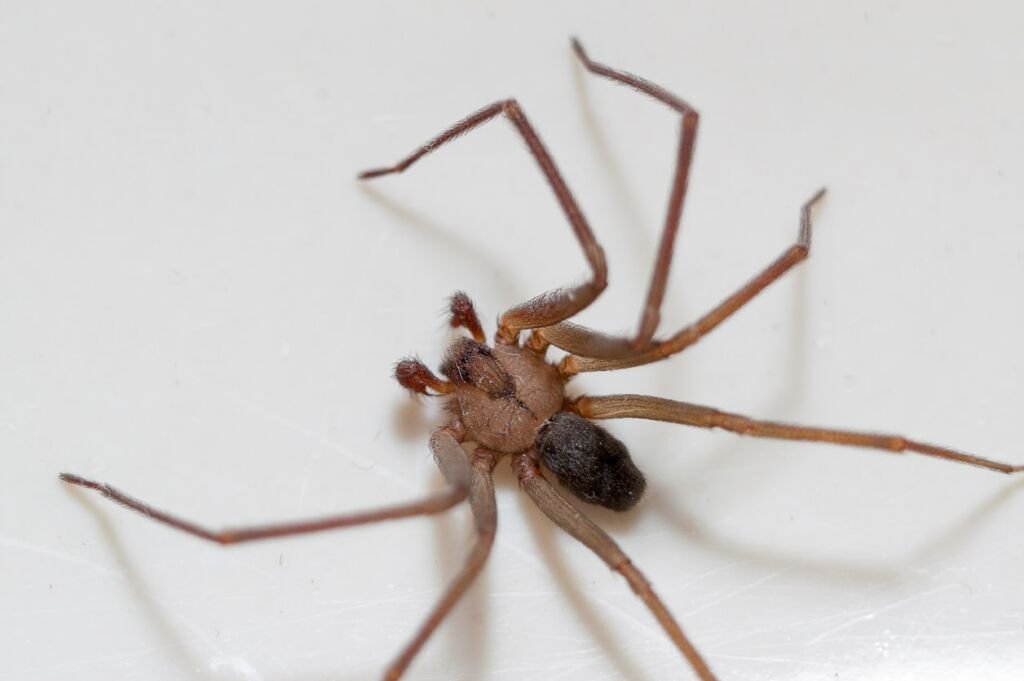
20. Sandflies
Any flying, buzzing, blood-sucking Dipteran species or genus found in sandy environments is commonly called a “sandfly.” And Belize has many of them.
Sandflies are tiny, golden, brownish, or grey-winged pests that are only around 3 mm long. And they love sucking the blood out of tourists’ bodies! Unfortunately, with their long, piercing mouthparts, this comes fairly easy to them.
While at rest, sandflies retain their hairy-appearing wings in a straight V-shape, setting them apart from other tiny flies. Additionally, the adults have six very long legs, longer than the insect’s body.
You may have heard about these Belize bugs before, or you may have even been bitten by one of these pests in the past. If you have been, you’ll know you will often get a single red lump or several larger, red, itchy bumps that may or may not develop into a rash. These bites typically itch much more intensely and linger longer than mosquito bites. What a warm welcome to Belize, right?
So what can you do about it?
If travelling to Belize, we always recommend that tourists carry insect spray with them. It’s always better to be safe than sorry.
Belize Bugs That Bite & Sting: Our Final Thoughts
Insects that bite and sting live everywhere in the world – and Belize is no exception. You can’t avoid bugs in Belize, but what you can do is prepare yourself by learning about them.
By doing so you can try and avoid them, or at least know where you’re most likely to come across them.





